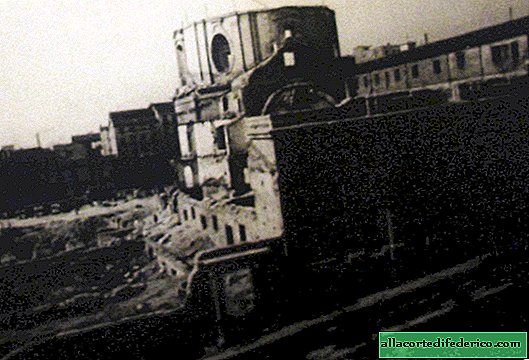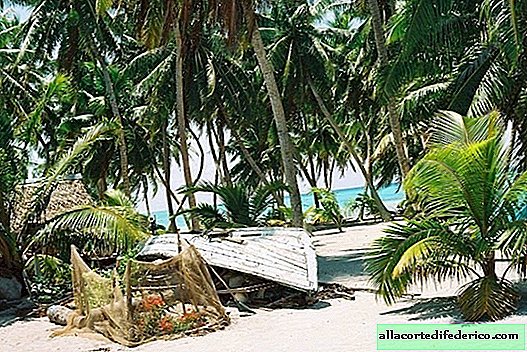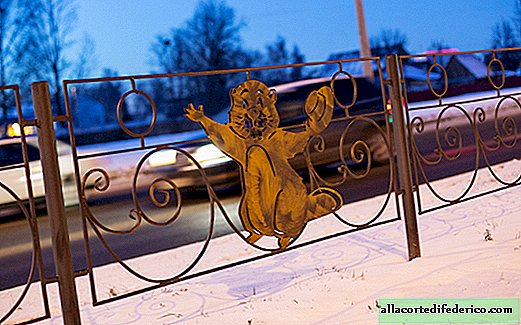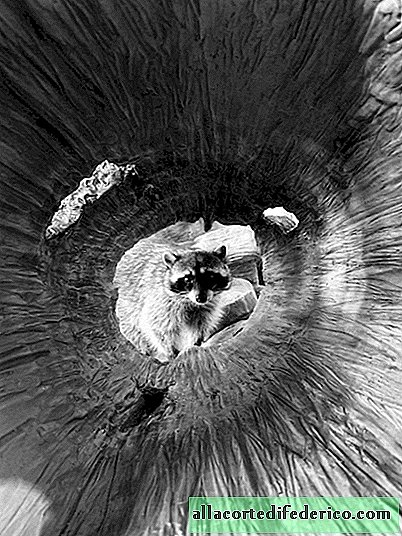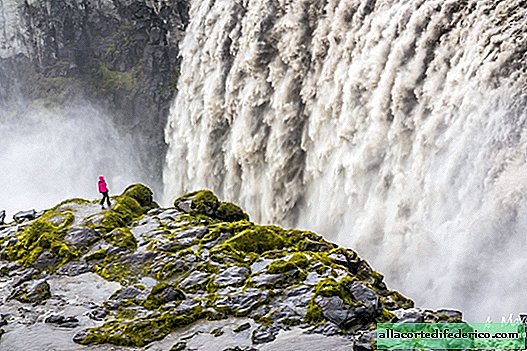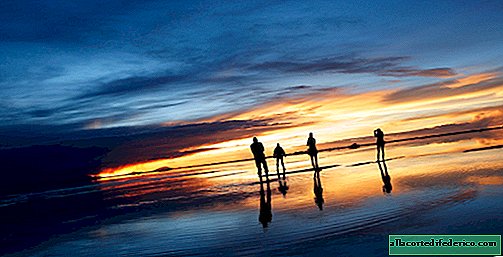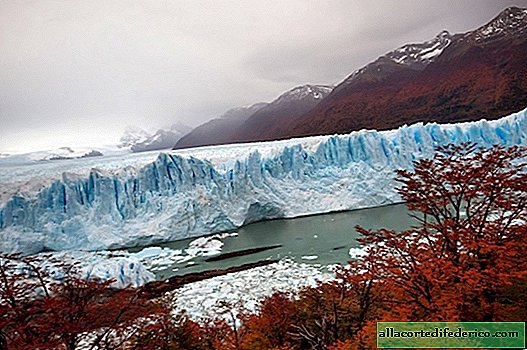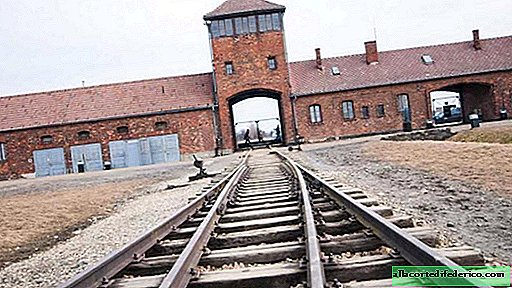The inhabitants of the Ryukyu Islands: why they do not consider themselves Japanese and who they are
Japan is the most striking example of a mono-ethnic state, where 98% of the population are Japanese. Partly this was facilitated by island isolation, and partly by a targeted migration policy that did not welcome the arrival of new inhabitants from other countries. But even in Japan there are citizens who do not consider themselves Japanese, and there are more than 1 million of them. They are residents of the southernmost Japanese islands, who call themselves Ryukyus, and, as genetic and linguistic studies show, they really differ from the rest of the country.

The Ryukyu Archipelago, which is almost 100 small islands, is in many ways not similar to other regions of the country. This is southern, tropical Japan, where winter is almost not felt, where most of the year is warm and humid, and farmers grow sugarcane and pineapples. Tourists, both foreign and Japanese from the northern islands, are very fond of the sandy beaches and warm sea of the Ryukyu Islands. But despite such a favorable climate, it is not very crowded: no more than 1.5 million people live on the archipelago, which is much less than in the average Japanese city on the "mainland".
 Okinawa Island - the largest and most populated of the islands of the Ryukyu Archipelago
Okinawa Island - the largest and most populated of the islands of the Ryukyu ArchipelagoToday, Ryukyu is part of Japan, and several centuries ago on the archipelago there was a separate political entity - the state of Ryukyu, with its rulers, army, specific culture and social structure. Throughout its history, the island nation has balanced between strong neighbors - the Japanese and Chinese empires, being partially dependent on one or the other. The Ryukyusites finally lost their independence after the capture of Japan in the second half of the 19th century.
 Shuri Castle - the residence of the rulers of the state of Ryukyu on the island of Okinawa
Shuri Castle - the residence of the rulers of the state of Ryukyu on the island of OkinawaThe first Ryukyusians, like the Japanese, came from mainland Asia. The island position and relative remoteness, both from Japan and China, left their mark on the history of the Ryukyu Islands, as well as on the formation of the population and language. Despite the fact that among linguists, the Ryukyu language is considered a dialect of Japanese, not one Japanese is able to understand the speech of the inhabitants of the archipelago. Over the centuries of its development, the language of the Ryukyusians has absorbed much of the Chinese language, and also acquired a number of specific features. Unfortunately, today the older generation uses the Ryukyu language mainly, and young people communicate through Japanese: assimilation processes that have been going on for more than 130 years are affecting. School children are taught exclusively in Japanese. To be more precise, the Ryukyus language is a unifying concept for 6 closely related languages. But today all of them are becoming obsolete, and in Japan they are doing nothing to save the native languages of the archipelago.
 Today, the senior citizens of Okinawa speak the Ryukyu languages.
Today, the senior citizens of Okinawa speak the Ryukyu languages.Anthropologically, indigenous Ryukyus are also different from the rest of the Japanese, although this difference can only be noticed by specialists. They settled the Ryukyu Islands in the first wave of migration from the mainland about 30 thousand years ago. But unlike the Japanese, they developed in greater isolation, without mixing with other migrants, who periodically penetrated the islands of Honshu and Kyushu in subsequent eras. This is confirmed in the genetics of the indigenous population.
 Naha is the capital of Okinawa Prefecture, which includes the Ryukyu Islands
Naha is the capital of Okinawa Prefecture, which includes the Ryukyu IslandsToday, about 1.3 million indigenous Ryukyus live on the Ryukyu Islands. Many of them are proud of their history and culture and do not consider themselves Japanese, and some of them are of the opinion that the islands should gain independence. But in parallel with this, another process is going on: the Ryukyu languages are disappearing and are becoming less common with each subsequent generation, especially among residents of large cities.
It is noteworthy that the Ainu language, which is the native language of the Ainu, is the indigenous people of Hokkaido, which can be read in one of our previous materials.

